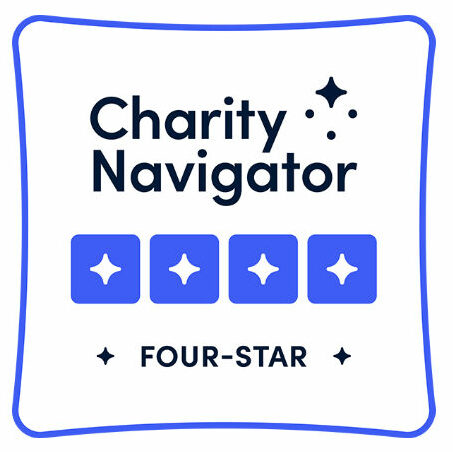It is typically suggested by health professionals that women receive their first mammogram at age 40, although that age used to be 50. One reason for this is that before age 50 most women retain high breast density, making it difficult to detect the cancer. After age 50, and post-menopause, the dense tissue of women’s breasts become nothing more than fatty tissue, which appears grey on the mammogram, contrasting with the white colored cancer.
According to Susan G. Komen, fewer than 5% of breast cancer diagnoses are for women under the age of 40. And according to BioMed International, “Breast cancer is the most common form of malignant tumor in women aged 15 to 39 and accounts for nearly 14% of all cancer cases in men and women in that age group. The risk of a woman developing breast cancer before the age of 40 is 1 in 173, according to a 2008 study.”
Another essential question is: how is breast cancer different in young women? Unfortunately, the prognosis tends to be worse for women that develop breast cancer under the age of 40. According to Komen, this is because “Breast cancers in younger women are more likely to be fast-growing, higher-grade and hormone receptor-negative. Each of these factors makes breast cancer more aggressive and more likely to require chemotherapy.”
For example, a 24-year-old woman from Australia, named Allison Snare, was diagnosed at the young age of 23. Ms. Snare received a double mastectomy as well as 5 months of chemotherapy. Her story is truly inspiring. She recently posed for a photo shoot including her chest and her bald head to encourage people to get screened. Snare was quoted in the Daily Mail, saying, “‘A lot of women don’t want to remember this part of their life but it is part my life and it’s shaping who I am today.'” She wanted to make the point that young women are not immune to this disease.
Although it is not encouraged for women under 40 to receive mammograms, it would be a good idea to self examine and have your OB/GYN examine your breasts as well. Check out UBCFs tips and steps on how to self examine.
Sources:
http://dslrf.org/home.asp
http://ww5.komen.org/BreastCancer/YoungWomenandBreastCancer.html








